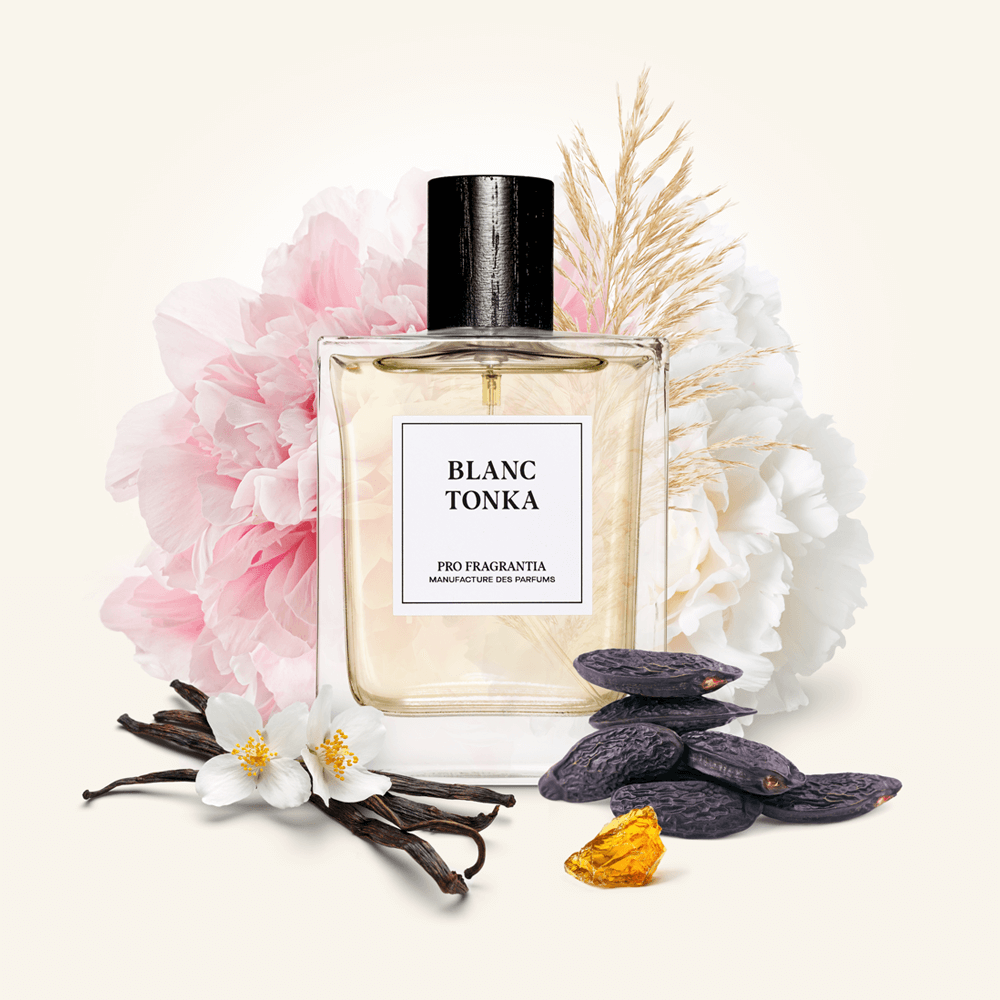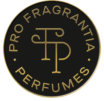Musk has nothing to do whith the musk ox, its from the musk deer, a pheromone extract used by the animal to communicate! Anyone who has smelled musk will understand why it is used in so many perfumes. The fragrance shines with sky-blue beauty – you feel lulled into blankets of clouds and feel the surrounding warmth and security that this sensual scent is able to spread. Soft, elegant and harmonious, it warms our souls. An overdose of musk is used in Rêves Sucrés.

In addition to amber, civet and castoreum, musk is also one of the animalic fragrances, some of which have a strong smell. The term musk originally comes from the ancient Indian term muskah, which means testicle. Interestingly, in the plant kingdom there is also a base note fragrance that smells very similar to musk. It is extracted from the seed of the musk bush (lat. Hibiscus abelmoschus) and is known as ambrette seed oil.
In China, India and Persia, musk was known centuries ago as a stimulating remedy. The first news about musk reached Europe through the Venetian Marco Polo (1254 – 1324). Later, trade from the Orient began. Musk was used both by physicians (as an aphrodisiac, nerve agent and olfactory agent) and in perfumery, which at that time, in contrast to India and Egypt, was still in its infancy in Europe (see Grasse).
Originally, musk comes from the musk deer (latin Moschus moschiferus), which is assigned to a subfamily of the deer. Musk deer feel most at home in the humid mountain forests of Central and East Asia, where they give free rein to their animal vapors during the heat driven by their sex hormones. Musk was (and unfortunately is) normally not obtained by wiping the glands, but by cutting off the musk sac from the killed animal, which contains the secretion in larger quantities (about 30 g per animal; 1 kg musk = 33 dead animals) than can be obtained from the glands at once. Thus, the musk deer was heavily hunted and decimated for decades. By the end of the 1970s, it became so rare that natural musk could be sold for three times the price of gold!
The most important component of musk is the molecule muscon. Over time, the fragrance industry has succeeded in artificially producing muscon and also developing new molecules that are structurally related to the molecules found in natural musk and therefore smell similar. Nowadays, when perfumers speak of musk (or musk/white musk), they always mean the whole family of musk molecules available to them today. These synthetic fragrances are mixed together in the creation of fragrances to form chords and are thus used as base notes. As a result, the perfumer has different musk fragrance interpretations in his fragrance palette, some of which differ significantly from each other – even to the natural musk fragrance. Some musk chords smell exquisitely velvety, round and soft, and others have an animalic undertone.
It is amazing that almost half of the people cannot smell musk, because it is very large and heavy molecules (By the way, this is also true for the amber molecules). Nevertheless, it makes a lot of sense to use musk in perfumes because fragrances, even if you can’t smell them, are still perceptible when you smell them in combination with other fragrances, which is amazing. Musk is thus also used as an effecting ingredient, which is able to round off the fragrance and also serves to fix the fragrance on the skin. Musk has the ability to liven up an incredible number of perfume compositions and put the other ingredients in a nicer light.
